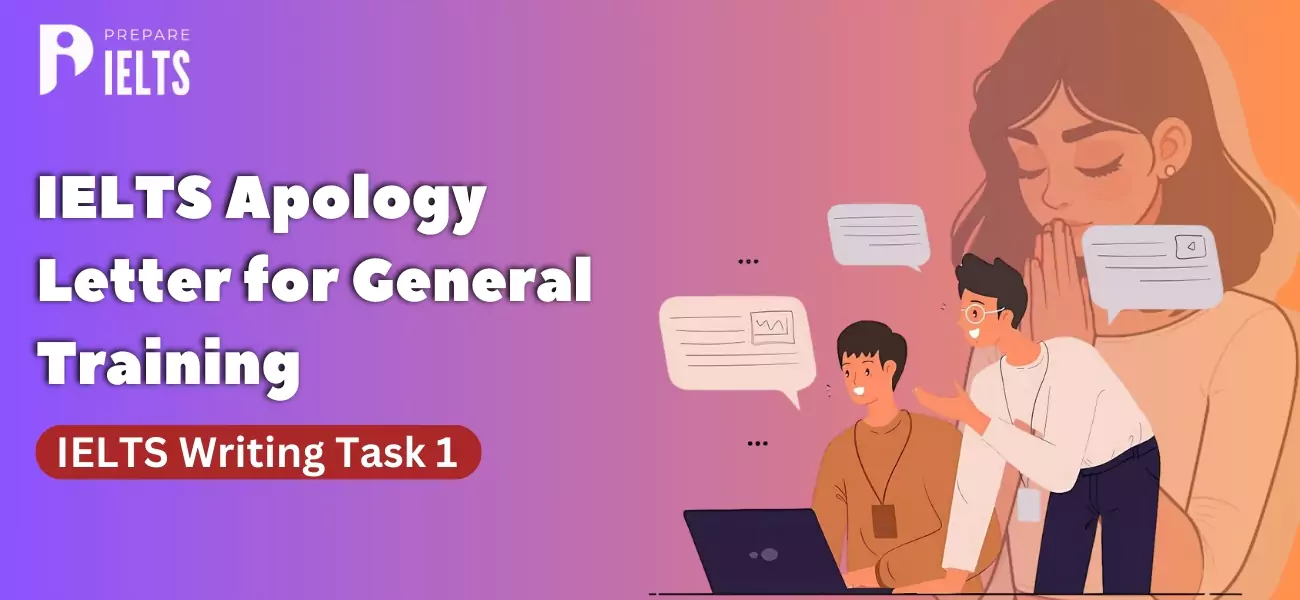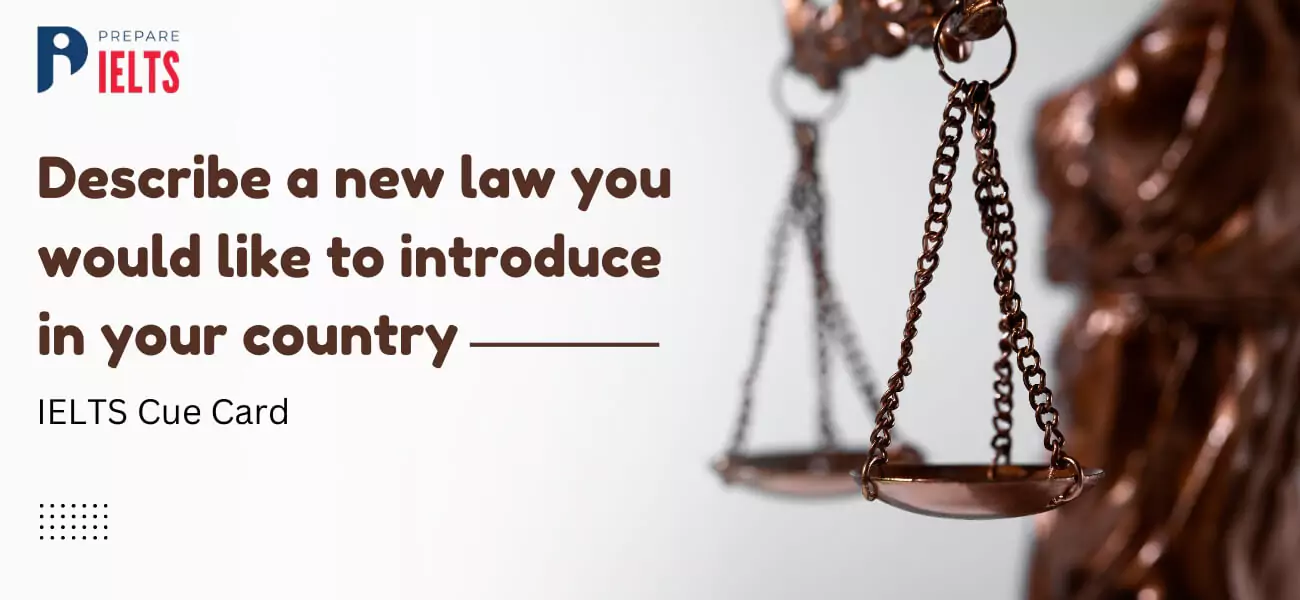
Overview
You must be well aware that the IELTS is essential for all Indian students who want to study abroad, wherein a good IELTS score in all the sections is important, including the IELTS writing score.
The IELTS writing score, calculated using band scores ranging from 0 to 9, is a meticulous process. Your writing performance is evaluated with utmost care, and scores are awarded based on Task Achievement, Coherence and Cohesion, Lexical Resources, and Grammatical Range and Accuracy. This assures a fair and transparent assessment of your writing skills.
We have addressed each significant element of the IELTS writing score as well as other relevant details in this blog.
What is the IELTS Writing Section?
One of the trickiest sections of the test is the writing section, which consists of two tasks: IELTS Writing Task 1 and IELTS Writing Task 2. Before delving into more specifics, be aware that the essays required for both the academic and general training exams are essentially the same.
While there isn't a significant difference, the complexity might vary slightly. The main distinction lies in Task 1 of the IELTS writing exam. Tasks 1 and 2 of the IELTS Academic Writing assessment cover topics suitable for undergraduate and postgraduate students.
IELTS Writing Band Score
The IELTS writing band score is a crucial factor in determining the candidate's level of knowledge. The IELTS writing band score is evaluated based on four marking criteria, according to an announcement from the authorities. The range of the IELTS writing band score is 1 to 9. To maximise their band score for IELTS writing, candidates must perform remarkably well in each of the four categories.
Scoring in IELTS Writing Task
IELTS Academic Writing and IELTS General Writing are the two separate examinations that make up the IELTS writing section. The Task 2 of both is different, but the types of questions are the same. The first writing problem on the IELTS is worth 33% of the total score on the writing examination. IELTS writing can be scored as 6.5 or 7.5 or in half bands as 6 or 7.
IELTS Writing Task 1 and Writing Task 2 are the two distinct components of IELTS Writing Task. Furthermore, task 2 of the IELTS writing grading criteria is given a greater weightage than task 1, approximately 66%. The band categories that apply to the IELTS Academic and IELTS General are mentioned below and the band descriptions for IELTS Writing Tasks 1 and 2 are defined in the chart.
| Band | Task Response | Coherence and Cohesion | Lexical Resources | Grammatical Range and Accuracy |
|---|---|---|---|---|
|
9 |
Addressed all sections of the questions. A structured approach to answer, relevance to the |
Application of cohesion in an unnoticeable manner. Appropriate paragraphing. |
Use of a wide range of vocabulary. Ensuring minor errors and control of lexical features. |
Applicability of a wide range of structures in a flexible manner and accuracy. |
|
8 |
Adequately handles all aspects of the assignment and provides a well-developed solution to the topic with relevant, expanded, and supported thoughts |
Facts and ideas in a logical order correctly control all areas of cohesiveness and make enough suitable use of paragraphing |
Employs a diverse vocabulary to express exact concepts smoothly and flexibly. Uses unusual lexical words deftly; however, there may be some faults in word choice, and collocation causes infrequent spelling and/or word construction issues. |
Employs a diverse set of structures. The bulk of sentences are error-free, with only a few inconsistencies or mistakes. |
|
7 |
All aspects of the work are addressed, and a clear perspective is presented throughout the answer, which introduces, expands, and supports major concepts; yet, there may be a propensity to generalise, and/or supporting ideas may be lacking in concentration. |
Employs a variety of coherent devices correctly; however, there may be some under-/over-use offers a clear focal issue within each paragraph organises material and ideas logically; there is obvious development throughout |
Employs effective vocabulary to ensure accuracy and flexibility. Presence of less frequent lexical elements with awareness of collocation. |
Applying complex structures, the presence of error-free sentences, and good control over grammar and punctuation with few errors. |
|
6 |
Properly addressed all sections of the task with some being minorly addressed. Presence of a repetitive conclusion. Portrayal of ideas in an unclear or inadequate manner. |
The arrangement of information and ideas in a coherent manner, the lack of appropriate cohesion between and/or the lack of appropriate referencing and logical paragraphing. |
Adequate applicability of vocabulary, use of common vocabulary with the presence of inaccuracy, and presence of occasional errors. |
Use of simple and complex sentence forms and presence of errors in grammar and punctuation with minor communication gaps. |
|
5 |
Partial addressing of tasks and the presence of inappropriate format offers a viewpoint, but the development is not always apparent, and no conclusions may be reached; it contains some key concepts, but they are restricted and underdeveloped. There might be some non-essential information |
Delivered material with some organisation, but there may be a lack of general development, resulting in insufficient, incorrect, or excessive use of cohesive devices. may be repetitious due to a lack of reference and substitution. may not be written in paragraphs, or paragraphing may be inadequate. |
May produce visible faults in spelling and/or word structure that may create some difficulties for the reader who has a restricted vocabulary, but it is minimally adequate for the purpose. |
Only using a restricted set of structures tries complicated statements, but these are less correct than simple phrases; many grammatical mistakes and poor punctuation faults might create considerable trouble for the reader. |
|
4 |
Reacts to the job just briefly or in a tangential manner; the format may be incorrect and gives a viewpoint, yet it is unclear and provides some important concepts, but they're hard to spot and may be redundant, irrelevant, or poorly supported. |
It contains facts and ideas, but they are not organised coherently, and there is no apparent development in the answer. It employs some fundamental cohesive devices, but they are incorrect or repetitious, not written in paragraphs, or their usage is confusing. |
Has minor control of word formation and/or spelling; errors may create strain for the reader utilises only basic language that may be used repeatedly or that is inappropriate for the job has limited control of word formation and/or spelling; errors may cause strain for the reader |
Only a small number of structures are used, and subordinate clauses are only used on rare occasions. Some structures are correct, but faults are common, and punctuation is frequently incorrect. |
|
3 |
Does do not sufficiently handle any aspect of the work, does not articulate a clear perspective, provides a few underdeveloped or irrelevant concepts |
Does not organise thoughts rationally may employ a few cohesive devices, and those employed may or may not imply a logical link between concepts. |
Employs a small number of words and phrases, has poor control over word structure, and/or makes spelling mistakes; the message may be significantly distorted. |
Attempted language structures, but grammatical and punctuation problems abound, distorting the meaning |
|
2 |
Hardly reacts to the work, doesn't take a stand, and may try to provide one or two suggestions, but there's no development. |
Has a minimal influence on organisational characteristics |
Employs a very restricted vocabulary; has little or no control over word construction and/or spelling |
Except in memorised phrases, you can't employ sentence structures. |
|
1 |
The response has nothing to do with the mission. |
Fails to convey any information |
Only be able to employ a few solitary words |
Lack of sentence formation |
|
0 |
Did not attend, did not attempt the task in any way |
Did not attend, did not attempt the task in any way |
Did not attend, did not attempt the task in any way |
Did not attend, did not attempt the task in any way |
Tips to Improve IELTS Writing Score
Candidates have to be concerned about how the IELTS writing score criteria can be improved. They could think about taking the steps listed below to guarantee higher band scores in the IELTS writing marking criteria:
-
Provide factual information
-
Complete every task in the questions
-
Keep things simple and draw attention to the important aspects and features
-
Maintain proper paragraph structure
-
Make use of suitable language
-
Be clear of mistakes and punctuation
Register Now, for a free Mock test - Join Today!
IELTS Writing Marking Criteria
As previously explained, the writing band score is determined by four distinct factors. An example of how marking in writing criteria is accomplished is given below:
| IELTS Writing Score Task 1 | IELTS Writing Score Task 2 |
|---|---|
|
Task Achievement: Band 7 |
Task Achievement: Band 6 |
|
Coherence and Cohesion: Band 6 |
Coherence and Cohesion: Band 7 |
|
Lexical Resource: 8 |
Lexical Resource: 8 |
|
Grammar: 7 |
Grammar: 8 |
IELTS Writing Task 1
Each of the four primary criteria is considered 25% of the final score. A thorough explanation of the IELTS Writing Task 1 marking criteria is given below:
The table below shows a marking division for IELTS Academic Writing Task 1:
|
Task Achievement |
|
|
Coherence and Cohesion |
|
|
Lexical Resource |
|
|
Grammatical Range and Accuracy |
|
The table below provides a scoring evaluation for IELTS General Writing Task 1:
|
Task Achievement |
|
|
Coherence and Cohesion |
|
|
Lexical Resources |
|
IELTS Writing Task 2
The four factors listed below will be used to evaluate your IELTS essay during the exam. For task 2, each criterion is worth half of your final score. For task 2, you will receive a total score after receiving a band score for each criterion.
|
Task Response |
The examiner will examine your main topic and how you build your replies about it in this IELTS essay question.
|
|
Coherence and Cohesion |
The format of your response, its paragraphs, and the connections between them will all be examined by the IELTS examiner.
|
|
Lexical Resources |
This criterion will evaluate your vocabulary use, paraphrasing, spelling, and the quantity of errors you make.
|
|
Grammatical Range and Accuracy |
Your band score will be decided by the examiner's analysis of your sentence patterns, usage of tenses, command of grammar, and quantity of errors.
|
How is the IELTS Writing Score Calculated?
Now that you have all the details about the IELTS Writing Score, let's examine the formula used to determine this band score. The Reading and Listening portions of the IELTS are objective type questions. You should, therefore, be aware of your mistakes. You must enter the parameters listed below in order to use the IELTS Writing Score Calculator.
| Specifications | Significance |
|---|---|
|
Task Achievement |
Basically, in Task 1, you have to transfer information from the graph or the bullet points and create a description for 150 words. Therefore, the output is defined. If you fulfil all the required sub-tasks, you have achieved your task. |
|
Coherence and Cohesion |
How well you have connected the information by linking various instances is known as coherence and cohesion. This parameter tests the correct use of conjunctions, pronouns, and other connectors. |
|
Lexical Resources |
Your vocabulary for the tasks and its relevant use are tested in Lexical Resources. |
|
Grammatical Range and Accuracy |
Accurately use grammar in your sentence, and the relevance is assessed. |
|
Task Response |
In Task 2, specifically, you have to respond in 250 words to an argument, viewpoint, or topic that is provided. How directly and well you have responded to Task 2 is assessed here. |
IELTS Writing Score Calculator
Four criteria are used for determining the IELTS writing scores such as:
-
Task Achievement
-
Coherence and Cohesion
-
Use of Lexical Resources
-
Grammatical Range and Accuracy
IELTS Writing Score Task 1
The score in IELTS writing assignment 1 is 33% of the total. Task 1 of the IELTS writing assessment is given a number between 0 and 9 using four primary criteria. The factors that determine the writing scores in Task 1 include use of lexical resources, accuracy and grammatical range, coherence and cohesion, and task accomplishment.
IELTS Writing Score Task 2
Writing Task 2 is evaluated using the same criteria as Task 1 in addition to an additional category known as the task response criterion. The writing score ranges from 0 to 9.
How are the total scores from Task 1 and Task 2 combined?
To prevent a candidate's IELTS writing section median score, Task 1 and Task 2 are scored by two separate examiners, and the results are then combined on a computer.
Conclusion
To sum up, the most effective way to raise your IELTS writing score is to practise your writing, grammar, and vocabulary. Developing your writing style and analysing your environment to communicate various circumstances in a logical manner will help you score a 7+ on the IELTS very quickly! All of the information on the IELTS writing score is provided here.
Above, we have covered all the details of the IELTS Writing Score: Band Score, Marking Criteria, and Score Calculator. We hope this piece of information is helpful to you. However, you can contact Prepare IELTS Exam (PI) expert counsellors for more guidance and IELTS preparation. Our team of education experts is dedicated to providing you with the best guidance in the IELTS exam. You can get a one-on-one counselling session online via our platform. Contact us at info@prepareieltsexam.com or call us at +91 9773398388.
FAQs
Scores for bands vary from 0 to 9 and are used to evaluate the IELTS writing section.
Every criterion is assigned a band score between 0 and 9. The band score for the writing exercise is then determined by taking the arithmetic mean of the scores. The scoring for the writing portion differs significantly from the other sections. The band score for task 2 is worth twice as much as task 1's.
There are 2 writing tasks, Task 1 being the report writing (Academic) or Letter Writing (General Training) and task 2, being the essay writing part (common for both academic and General training). Both the activities must be finished in 60 minutes.
The IELTS writing overall band score of 5.75 is rounded up to 6.0.
Four writing criteria are used to determine the IELTS writing component scores. 1.) Task Achievement or Response 2.) Coherence and Cohesion 3.) Lexical Resources 4.) Grammatical Range and Accuracy
Latest Blogs
-

IELTS Score for Canada: Minimum IELTS Requirement for Canada 2025
2024-09-27 18:24:14
-

IELTS Apology Letter for General Training: IELTS Writing Task 1
2024-09-25 16:38:03
-

Minimum IELTS Score for Australia: Student Visas, Universities, and PR in Australia
2024-09-23 18:09:51
-

Common IELTS Speaking Topics with Answers
2024-09-20 18:21:56
-

Describe a foreign culture that you like: IELTS speaking cue card
2024-09-18 16:14:11
-

Describe a Rainy Day IELTS Speaking cue card
2024-09-18 11:11:32
-

Describe a new law you would like to introduce in your country IELTS cue card
2024-09-13 17:17:46
-

Describe your favourite weather: IELTS cue card
2024-09-11 18:01:28
-

Describe an enjoyable journey by public transport: IELTS cue card
2024-09-09 18:05:45
-

Step-by-Step Guide to IELTS Registration in India for the Year 2024 & 2025
2024-09-07 12:59:51


